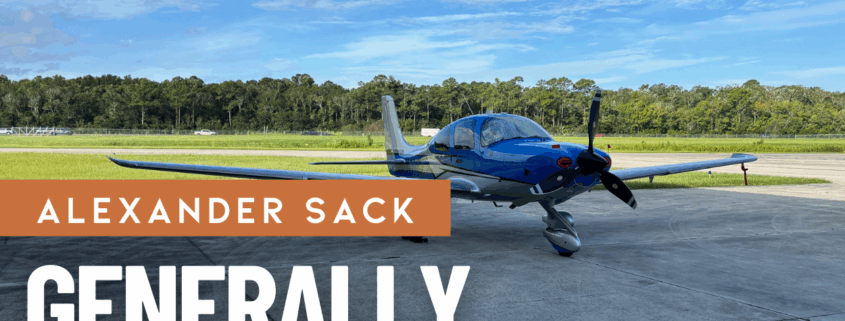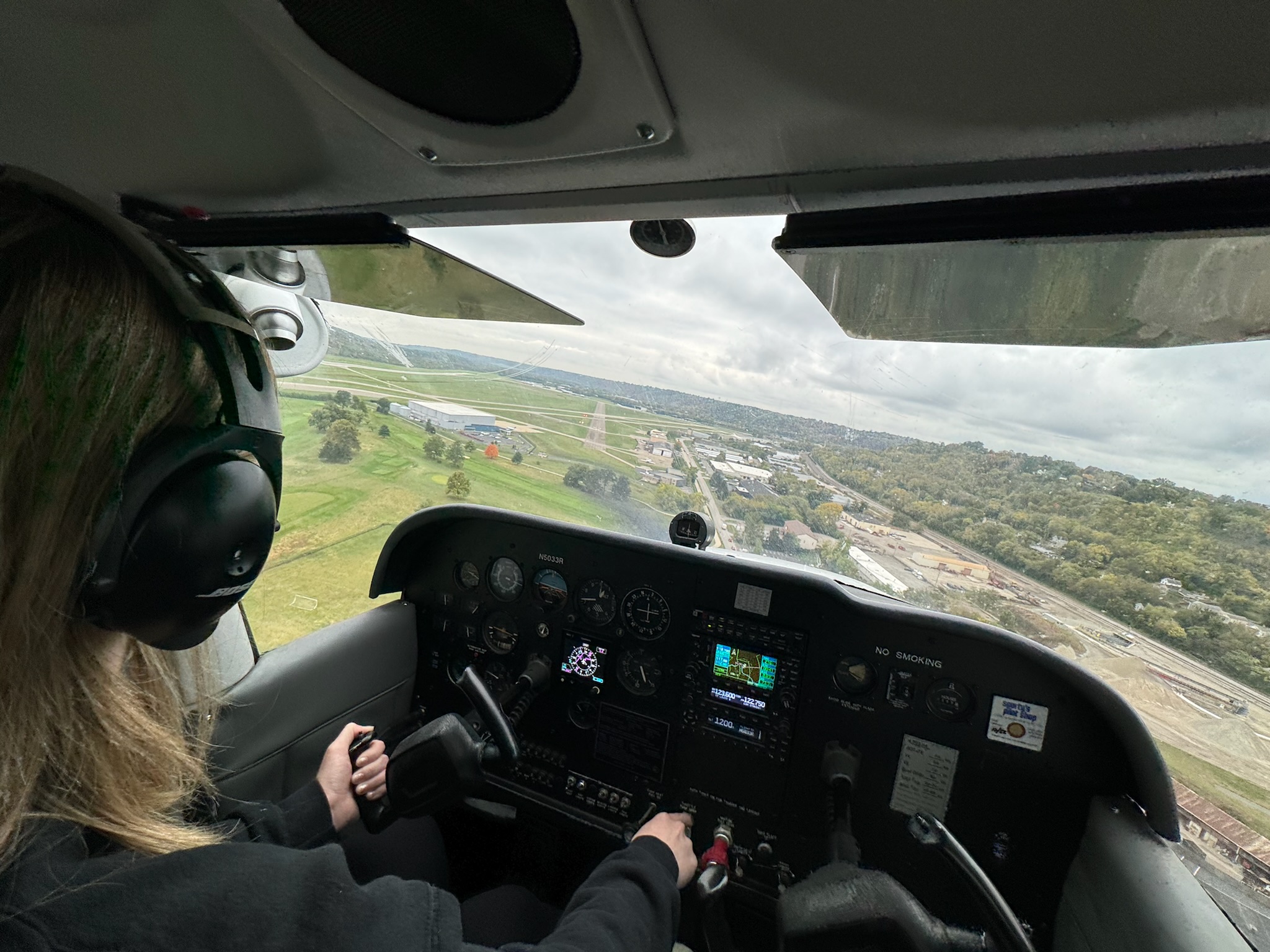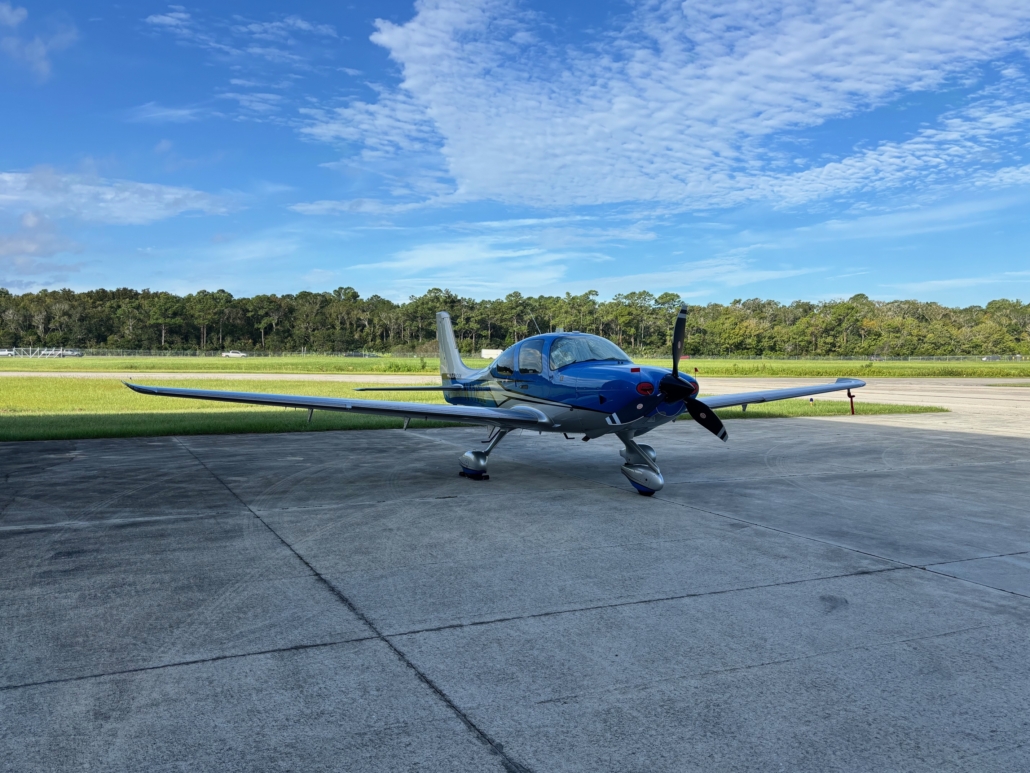|
Getting your Trinity Audio player ready...
|
Let’s be honest: The economics of flying is not for the faint of heart. In fact, the average cost of just getting your “license to learn” is now hovering around the $20,000 mark. And if that number doesn’t faze you, then let me sprinkle in some rampant inflation, a tight insurance market, and just the high opportunity cost of staying current—let alone proficient—into the mix. In fact, I would argue that the price to get your ticket is trivial compared to the lifetime cost of keeping it meaningful. So that begs the question, how do people fly these days?
The Renter
Whether you realize it or not, your disco flight was your indoctrination to both aviation and renting. In fact, for the overwhelming majority of us, we are first student renters before graduating into pilot ones. And renting, at least initially, has a lot going for it: you fly planes you are intimately familiar with, you still have direct access to your CFI for advice, and the plane’s maintenance is presumably under more scrutiny every hundred hours or so (read: uh hun). In addition, renter’s insurance is typically not that expensive, and even if there is an issue, outside of negligence, it’s not your responsibility to fix. In terms of sheer cost, Flying Magazine reports that the average price of a 172 lies somewhere between $120–200 per hour/wet depending on year and equipment.
Unfortunately, despite many of its pros, there are quite a number of cons with renting. First, most rentals are based on Hobbs time not tach, so you are paying 10–20% more than you would for a club plane. Second, most rentals come with a daily minimum so trying to use the plane for a weekend getaway can make most ramp fees look like chump change. Third, depending on how active your flight school is, availability may be an issue too, with planes scheduled out for weeks to even months in advance. Finally, and most importantly, not all rental planes are created equally. As I stated in my previous article, a plane might be airworthy but not necessarily mission-worthy—most rentals are beaters, particularly if used for primary training. Not to mention that finding one or two (read: like a dozen) in-op stickers stuck randomly on the panel is not completely unheard of. I live next to several flight schools and the quality across rental fleets is quite stark. Still, for tooling around town at least, a renter may fit the bill nicely.
The Clubber
For most pilots though, flying clubs are by far and wide the most cost-effective way to get high, and in many respects form the backbone of GA today. By sharing the flying costs across its membership, clubs usually offer a lower wet rate than rentals, and that rate is almost always based on tach time not Hobbs too. But rates aren’t their only advantage; clubs typically have no daily minimums, comprehensive insurance policies, and depending on their size, a diverse and well-equipped fleet. And even if you don’t fly a lot, clubs are a fantastic way to make new friends and stay connected with the greater aviation community at large.
Unfortunately, joining a club has a much higher barrier to entry than finding a rental. Most clubs usually have some experience minimum to join. And even if you have the hours, many of them, particularly the popular ones, have large waiting lists – it can take months to even years before getting a callback from one. In fact, while writing this very article, I got an email from a club asking me if I wanted to stay on their waiting list which I signed up for many years ago!
Another downside to clubs is like rentals, not all clubs are created equally. Some clubs are better managed than others, and so a non-trivial assessment isn’t unheard of when an unexpected mechanical problem arises. Other hidden costs may include having separate insurance to cover the club’s deductible and understanding your responsibilities when a club plane goes down away from home. But at the end of the day, there really isn’t a more economical way to fly for the weekend warrior than a flying club.
The Partnership
Where flying clubs usually fall short is when you become a frequent flyer. What if I told you that for a few more AMUs per year, you could fly when you want, where you want, and in the plane of your choice? And unlike clubs, you have direct ownership, which means you have a say on how the plane is maintained and controlled. That is usually not the case with a club which typically operates as an entity, e.g., a non-for-profit, and your buy-in is really for a partial share of that entity and the rights to participate in it according to its operating agreement.
Finding the right partner or set of partners can really make or break this kind of arrangement. Like clubs, partnerships come in all shapes and sizes too, and not every partner has to have an equal stake in the plane. Furthermore, direct ownership is a double-edged sword since now the responsibility for maintenance and compliance falls on you, the owner. Not to mention that there are certain start-up costs and tax implications creating a partnership as well. The devil is of course in the details, but ultimately, a great partnership can strike the perfect balance between the revolving door of rentals and the red tape of clubs.
The Owner
Generally speaking, the least affordable option is sole owner and operator. But not always.
I knew a pilot who owned a Cub that spent less money per year than I did flying for a club. Sure, I flew more, but his overall cost per year was a lot less than mine. There are of course other scenarios where owning a plane can be very cost effective, particularly if you fly your plane for business and can tax-deduct flights accordingly. A leaseback is another viable option to mitigate ownership costs too, where you own the plane but rent it out to a flight school or club. In fact, I know of one well-known dealer that has a program that matches aircraft owners with prospective lessees (for a fee, of course).
However, for most pilots, owning a plane isn’t practical; even if you get past the initial sticker shock, having an expensive asset you use on a semi-regular basis doesn’t make a lot of financial sense. Still, there is no doubt it’s nice to be king (or queen).
As Usual, It Depends
I’ve listed a number of ways most pilots actually get aloft, all with different cost structures and considerations. And there is no right answer here, since everyone’s personal finances and flying goals are different. But just like your plane’s annual, it’s a good idea to evaluate your own yearly flying habits and decide if the current bucket you find yourself in still makes financial sense. I know I have this conversation (read: shouting match) with myself constantly. Good news, I always win. Or lose. Time will tell.
- Generally Affordable? The Truth About Flying Costs - October 6, 2025
- Chain of Trust - August 11, 2025
- Friday Photo: B-29 Superfortress Cockpit - August 8, 2025






Leave a Reply
Want to join the discussion?Feel free to contribute!